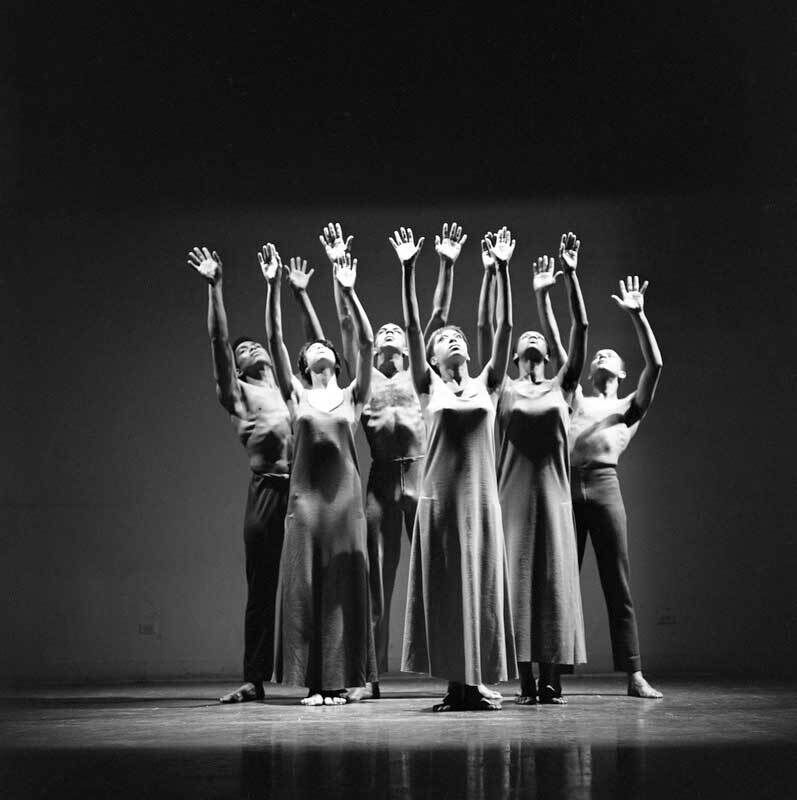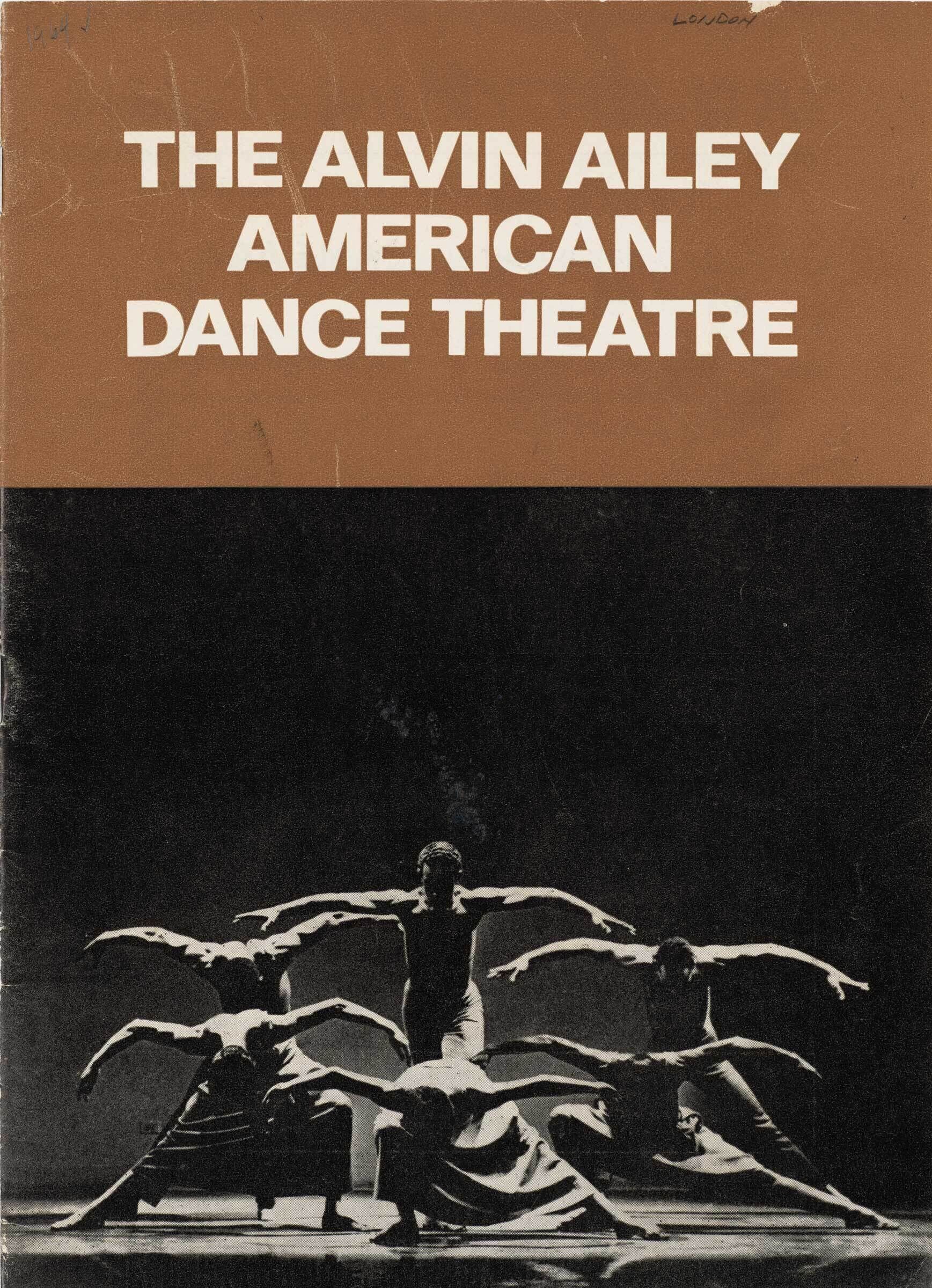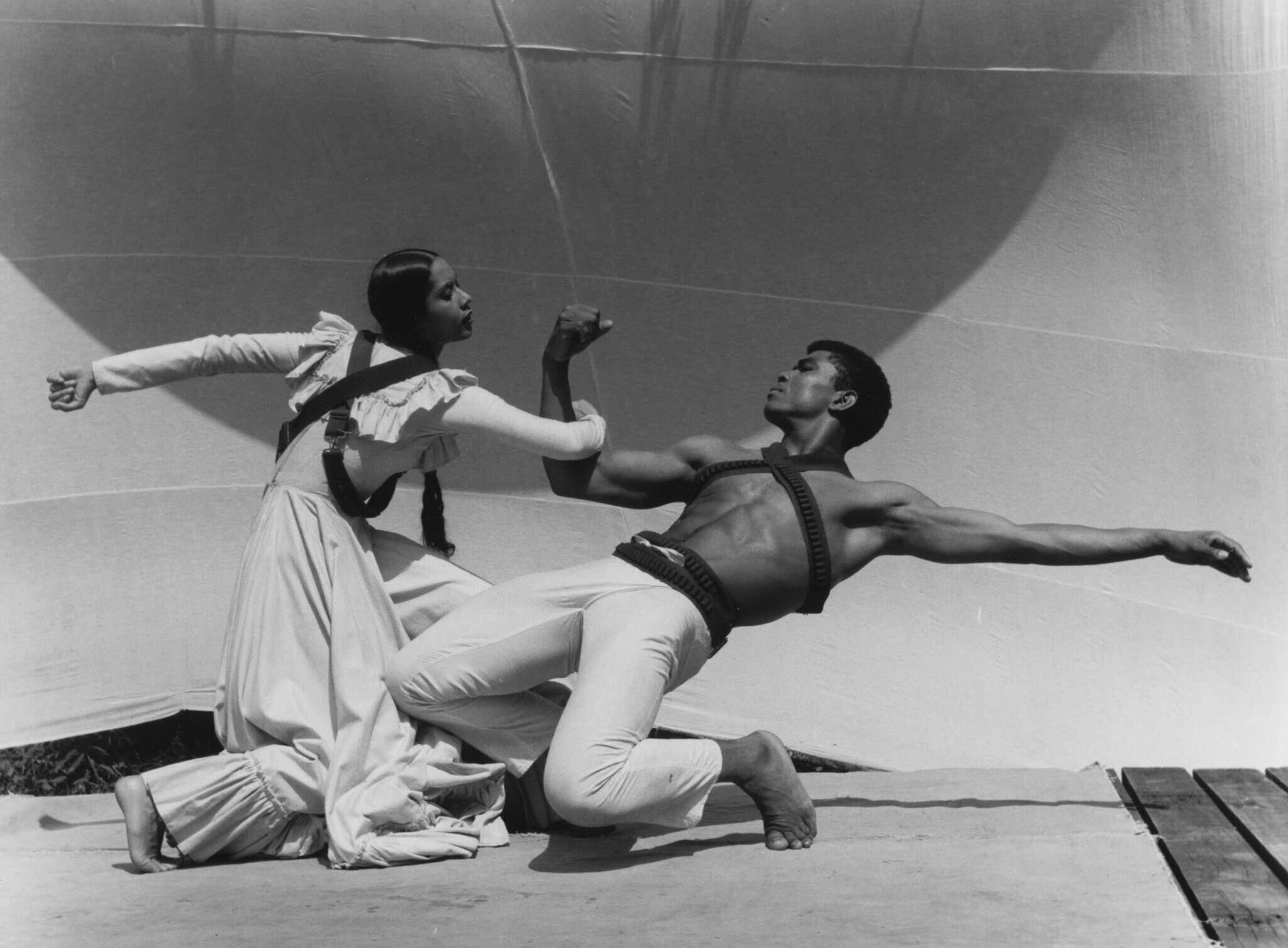On September 25, The Whitney Museum opened Edges of Ailey to the public, the first large-scale museum exhibition to feature and celebrate the choreography, dances, and influences of the legendary choreographer Alvin Ailey.
Curated by Adrienne Edwards, the exhibition spans over two different floors of the museum. The fifth floor galleries feature the alluring artistic exhibition, showcasing personal archives of Ailey’s including performance footage, poetry and various writings, recorded interviews, and a large collection of imagery from Bailey’s performance programs to vintage posters. The Whitney’s third floor theater will showcase intimate live performances from the Alvin Ailey American Dance Theater (AILEY).

Born in Rogers, Texas, Ailey grew up working in cotton fields and attending river baptisms at his local church with his mother. Much of Ailey’s childhood in the American South in the 20th century inspired his work and choreography, eventually inspiring him to found AILEY in 1958. Today, AILEY features dancers of all cultural and socioeconomic backgrounds. The company is in residence with the Whitney Museum for one week each month, and will feature over ninety performances during the exhibition, which will run through February 2025.
With his background, Ailey was eager to tell the story of Black people, specifically Black women, and share the message of Black liberation. Exploring Black spiritually and Black migration through the Americas, Ailey used dance and the choreography to explore race and give a platform to the Black American experience. Enhancing the field of dance, he used his choreography as storytelling for himself, and Black culture.

Edges of Ailey takes a deeper look into his work and the way he told the story of the Black experience, as well as the influence his work had on artists across all mediums. The immersive exhibition looks into the personal archives of Ailey and the various works he produced, with the use of various video installations and multimedia pieces, as well as works by other artists that collaborated with or were inspired by Ailey and his work.
Dancing and moving of the body has always been used as an intricate way to look at the human experience. Not only was Ailey able to tell his own story, but he was also able to blend history, emotion, and the collective cultural sentiment, to tell the story of the successes and struggles of Black Americans. And while many of the works are highly emotional, much of the choreography showcased in Edges of Ailey has a softer undertone, showing the complexity and nuance of that experience–one that feels even more relevant today.

“Look how beautiful we are, look how wonderful we are as Black people,” he said. “Look what’s happened to us in all these years despite our problems, despite our being brought here as slaves, look what has grown in us.”
Along with Ailey’s work, the exhibit also features artists including Jean-Michel Basquiat, Romare Bearden, Faith Ringgold, Alma Thomas, Jacob Lawrence, Rashid Johnson, Kevin Beasley, and Kara Walker, among others. Their mutual influence, and Ailey’s continued inspiration is a testament to and celebration of his love for community. “I love the idea of people coming and working together,” he said. “Start with an empty space, and a body or two, and we say, ‘Carve this space.’”
‘Edges of Ailey’ is on view at The Whitney Museum now through February 9.

